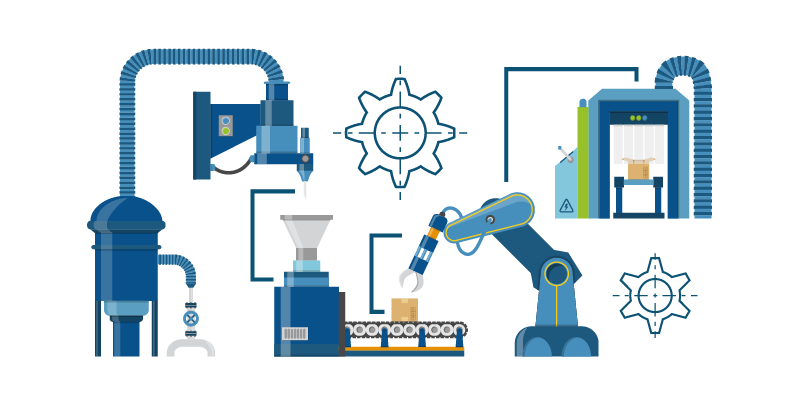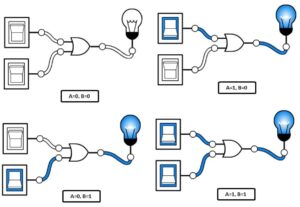Introduction:
Yield Enhancement Engineers play a crucial role in the semiconductor manufacturing industry, ensuring that the fabrication process yields as many functional and defect-free chips as possible. These skilled engineers work tirelessly to optimize processes, identify root causes of yield issues, and implement effective solutions. Their work is instrumental in maintaining high-quality and efficient production, which is vital in the competitive world of semiconductor technology.
Morning: A Diagnostic Approach
As the sun rises, our yield enhancement engineer, Emily, starts her day at the semiconductor fabrication plant. She begins by reviewing the previous day’s yield reports, looking for any anomalies or patterns that might indicate a problem. She collaborates with the production team to understand the current manufacturing status and prioritizes which processes or areas to investigate further.
Today’s Problem: Low Yield in Memory Chips
Emily’s focus today is on a specific production line that manufactures high-density memory chips. Recently, the yield for this line has dipped significantly, and the defect rate has surged. Her goal is to identify the root cause of these yield losses and implement a solution.
Read more: A day in the life of Fab engineer
Mid-morning: Data Collection and Analysis
Emily heads to the production floor to collect real-time data from various sensors and metrology tools. She meticulously records parameters like temperature, pressure, gas flow, and machine settings for each step of the manufacturing process. Armed with this data, she retreats to her office to begin the analysis.
Using sophisticated data analysis software and statistical techniques, Emily plots graphs and charts to visualize trends and correlations between process variables and yield losses. After hours of thorough investigation, she identifies a potential issue: a gradual increase in temperature during a particular annealing step. This overheating might be causing defects in the memory chips.
Afternoon: Collaborative Problem-Solving
Emily brings her findings to a cross-functional meeting with equipment engineers, process technicians, and quality control specialists. Together, they review the data and discuss potential solutions. The team hypothesizes that a malfunctioning temperature controller might be causing the overheating.
In a coordinated effort, Emily and the equipment engineers inspect the temperature control system. They find a faulty thermocouple that is misreading the actual temperature, leading to excessive heating. They promptly replace the thermocouple, and Emily reanalyzes the process data to ensure the fix works.
Late Afternoon: The Fruit of Their Labor
With the new thermocouple in place, the temperature during the annealing step stabilizes, leading to a significant reduction in defects. The yield starts to improve, and Emily closely monitors the production line throughout the afternoon to verify the success of the solution.
By the end of the day, the yield enhancement engineer’s efforts bear fruit. The memory chip production line achieves a substantial increase in yield and returns to its previous efficiency levels. Emily is satisfied with the outcome, but she knows that continuous monitoring and optimization are essential to sustaining this success.
Conclusion:
A day in the life of a yield enhancement engineer is filled with challenges and opportunities for problem-solving. Their analytical skills, attention to detail, and ability to collaborate with cross-functional teams are crucial for identifying and resolving complex issues that arise in semiconductor manufacturing. Their work ensures that the production process remains efficient, delivering high-quality chips and pushing the boundaries of technology. Yield enhancement engineers play a vital role in shaping the future of the semiconductor industry, where even the smallest improvements can have a significant impact.








